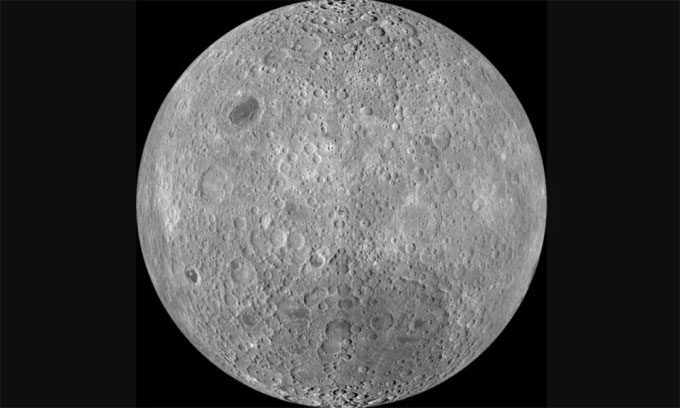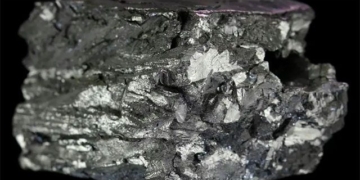China Plans to Collect First Samples from the Far Side of the Moon with Chang’e 6 Mission in May 2024.

NASA’s Lunar Reconnaissance Orbiter captures the far side of the Moon. (Photo: NASA/Goddard/Arizona State University).
The Complex Chang’e 6 Mission includes four components – a lander, a rover, a vehicle for launch from the Moon, and a return module – which will be launched into space by a Long March 5 rocket from Wenchang, according to Wu Yanhua, chief designer of China’s Deep Space Exploration Program, as reported by Space on May 3.
The Chang’e 6 mission will last 53 days, aiming to land on the Moon’s surface and collect approximately 2 kilograms of material using excavation and drilling equipment. The landing site is located at about 43 degrees south latitude and 154 degrees west longitude on the Moon’s far side, corresponding to the southern region of the Apollo impact crater.
The Apollo crater is situated within the South Pole-Aitken (SPA) Basin – a massive, ancient impact crater with a diameter of about 2,500 kilometers, covering nearly one-quarter of the Moon’s far side. Many experts believe that the impact that created the SPA basin exposed materials beneath the Moon’s crust, potentially holding crucial clues about the Moon’s past as well as the development of the Solar System.
China conducted its first lunar sample collection in 2020 with the Chang’e 5 mission. However, this mission targeted the vast Oceanus Procellarum region on the near side of the Moon.
The Chang’e 6 mission will face greater challenges. Since the far side of the Moon never faces Earth and cannot be directly observed, China must first launch the Queqiao 2 satellite to relay communications between Chang’e 6 and the team of experts on Earth.


















































